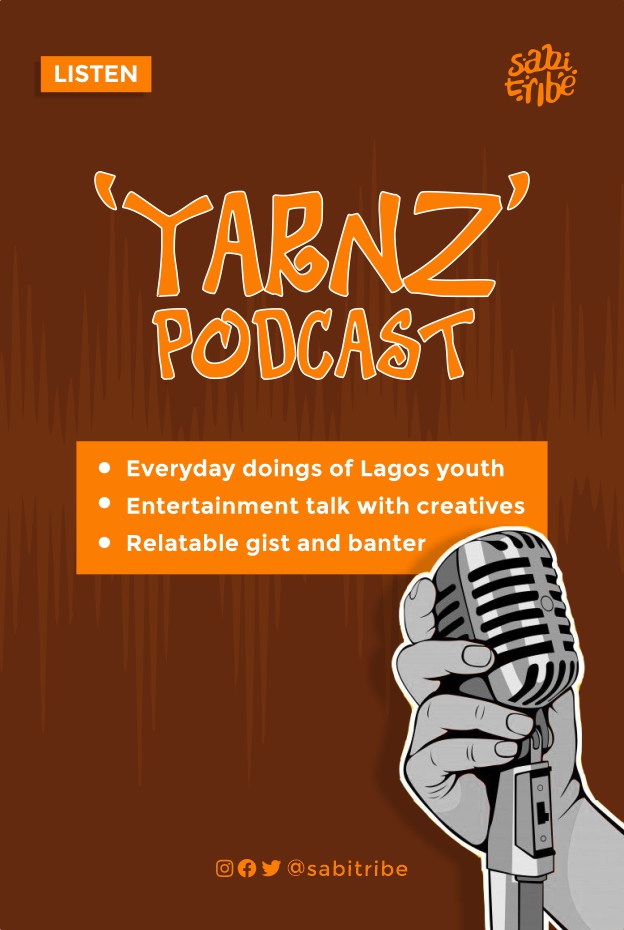Smooth shaving 101
Razor bumps and barber’s itch are common names for pseudofolliculitis barbae: raised, itchy, painful, sometimes pus-filled bumps that can occur after shaving. Everything about razor bumps are as traumatic and embarrassing as the description. It happens when hair curls back inside their follicles and causes inflammation (ingrown hairs). More than just a mild irritation, they can deface the skin with hyperpigmentation – a common problem for Africans. Treatment is good but prevention is better so here are tips for both.
TREATMENT

1. Apply Aloe Vera
Making use of aftershaves that contain harsh chemicals could further irritate the area of that skin. Go organic instead and use Aloe Vera after every shave. Remove the aloe gel from inside the plant leaves and apply it to the affected areas. Let it dry and leave it on for at least 30 minutes. Repeat a few times a day.
2. Use pointed tweezers
If the ingrown hair is visible, it may be helpful to use sterile, pointed tweezers to pull it out. Removing the trapped hair could get rid of the razor bump quickly. A person should sterilize the tweezers with alcohol and cleanse the skin and hands with soap and water before tweezing. Be careful! If the hair is not visible on the surface of the skin, using tweezers could make the problem worse and cause scarring.
3. Use a warm washcloth
Applying a warm, wet cloth to the skin can help soften the skin and draw the ingrown hair out, especially when a person pairs this technique with one of the other treatments above. You can also use brewed green tea bags for a similar effect.
4. Do not shave on bumps
Do not shave already irritated areas until they have completely healed. Shaving on top of the uneven surface could cause more bumps to form and further irritate the ones you already have.
PREVENTION

1. Know your blade type
Never use a dull blade or blade used by another person to shave. Do not use the same clipper you just used for shaving your head on your beards. Preferably, use the smaller rechargeable clipper.
2. Clean before you cut
You need to make sure that area you intend to shave is clean from dirt and bacteria. Make sure your cleanser is alcohol free to avoid drying out your skin. Also ensure the area is quite damp so as to stop cuts and razor burns.
3. Don’t shave too low
This particular advice is for those with full beards, no shade intended. Shaving too low especially if you are using a public razor puts you at risk of having bumps. This is because the clipper comes in close contact with your skin. It’s better to shave your beard half-way down than go all the way till contact is made with the skin.
4. Do not shave if the skin area has a cut
This is an easy way to get an infection. You cannot afford to overlook this minute detail no matter how small the cut seems. Ensure the area heals properly before proceeding to cut.
5. Exfoliate regularly
This helps to get rid of dead skin cells and dirt clogging pores and preventing your hair from escaping the follicles. Skin scrubs and chemical exfoliants like salicylic acid should be part of your regular routine.
REFERENCES
https://www.healthline.com/health/razor-bumps#home-remedies
https://www.medicalnewstoday.com/articles/325471#treatment
#HealthAndBeauty is a lifestyle segment to keep you feeling and looking good. Here we bring you tips for treating and preventing those rough and painful aftershave bumps.





113 Comments
Informative
✅✅✅✅💯💯💯
Very educative
Wow! This is truly insightful!
I really appreciate it I think I’m going to try it
Very educative
Thanks for the info
Nice
Educative
Wow
A very useful information, thanks.